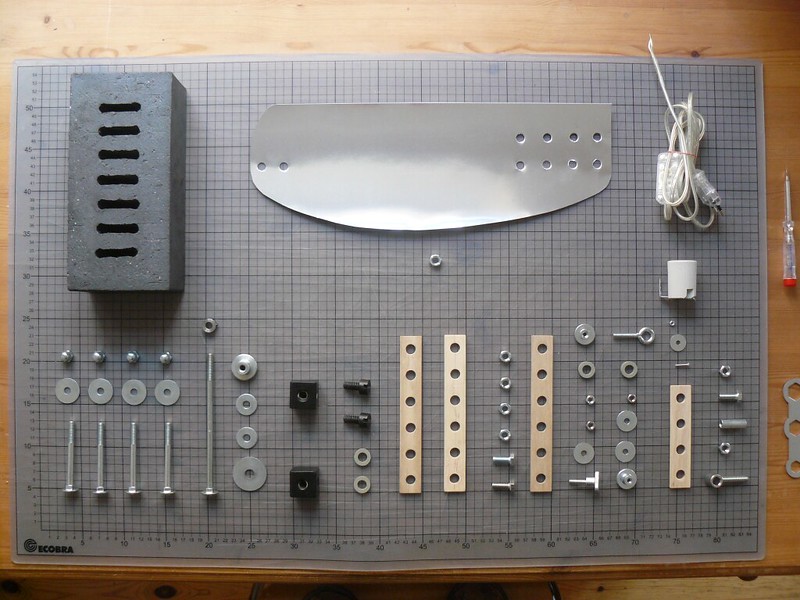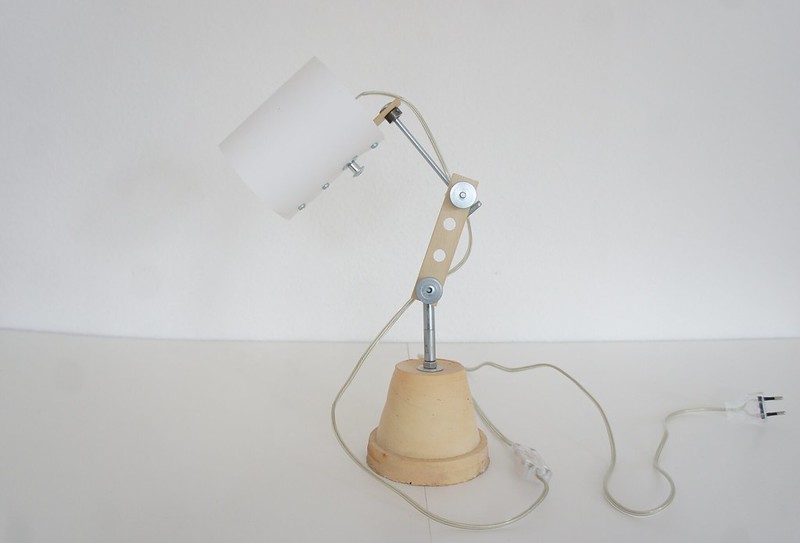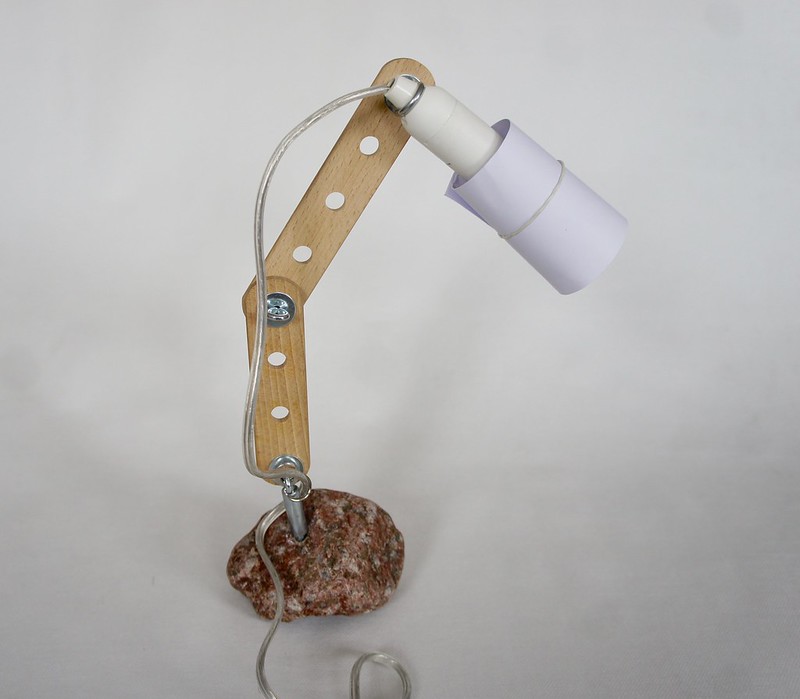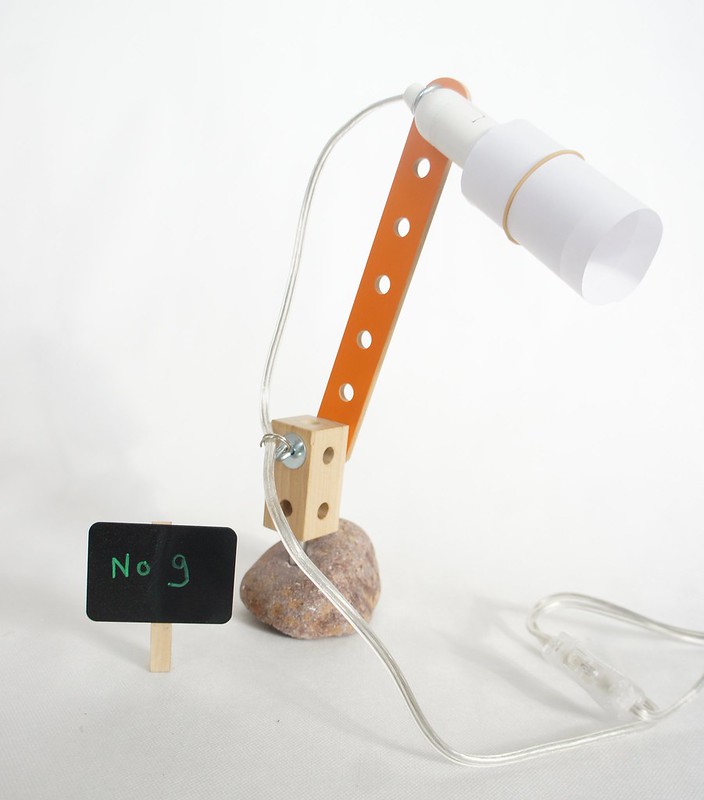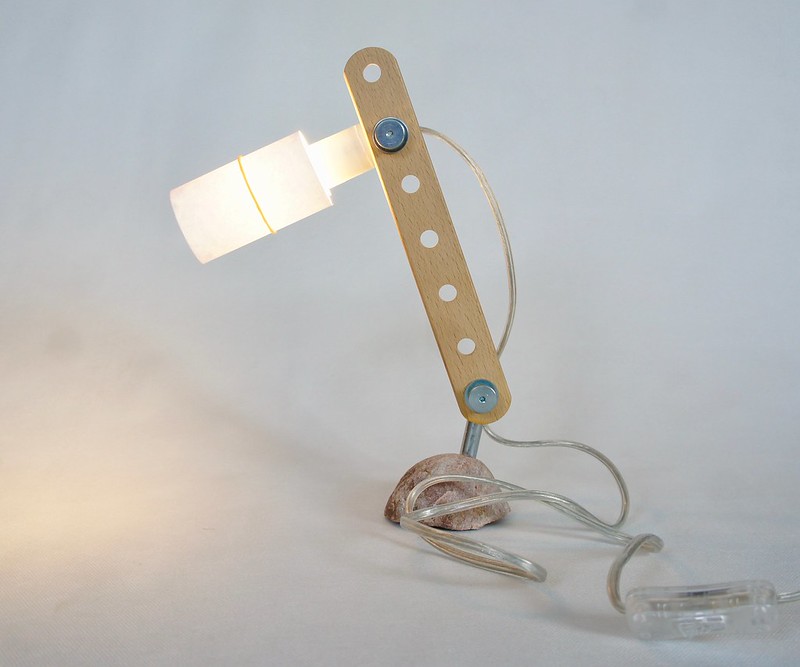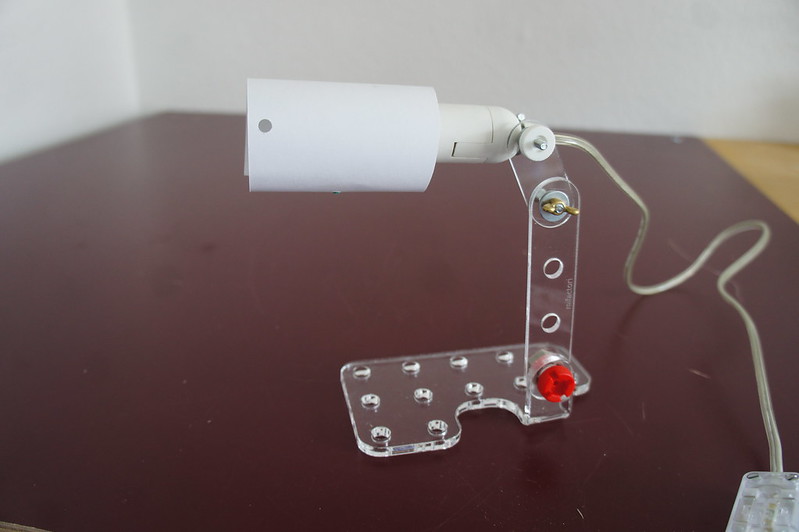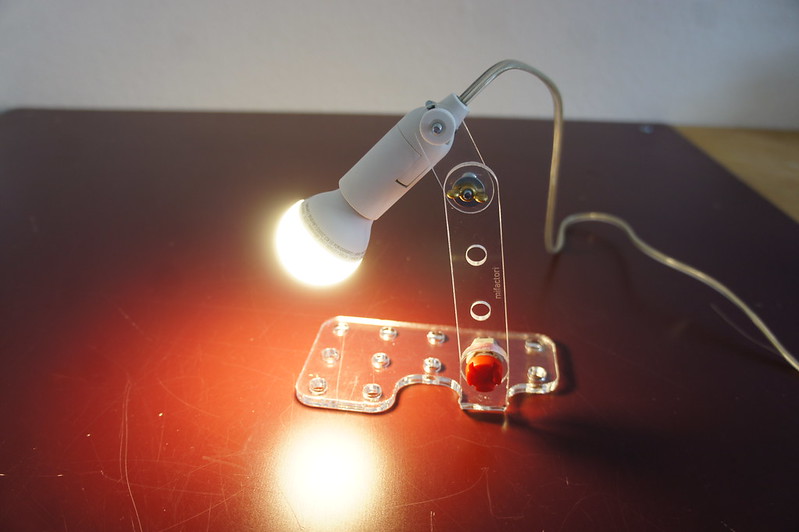Talk-Log
- Talk September 18 2019 @TUBerlin for the Open Hardware research project OPEN!
- Related article [in the queue]
- Talk: September 21 2019 @FixFest Berlin in the Open Source Panel
- Mentioned in: Workshop: „Pre-Use“, or „DIY Circularity for Everyone!“, September 2019
- Mentioned in: “Hacking Modularity”, Science Hack Da Berlin, November 1st, 2019
Link
opencircularity.info/odl
–
Hi,
nice to see you all again. When I was asked to share a presentation on this meeting I asked myself …
What else can I say to you
… about Open Hardware that you don’t already know or that was not said already?
Well then I thought of something I just understood myself a couple of weeks ago. It is a tiny thing. But maybe interesting enough.
Let me start here:
–
Why isn’t Open Source Hardware more successful?
There are a couple of reasons. I am sure you have your opinions too. But I think one of them is:
Because we have to (re)invent the hardware designs for it
Well…
This seems an obvious answer for someone who just worked as a guest professor in design at a university (full course is also here). “If you have a hammer everything looks like a nail.”
But hear me out.
Let’s start with another look a the Open Hardware Definition:
“
Open source hardware is hardware whose design is made publicly available so that anyone can study, modify, distribute, make, and sell the design or hardware based on that design. (…) Ideally, open source hardware uses readily-available components and materials, standard processes, open infrastructure, unrestricted content, and open-source design tools to maximize the ability of individuals to make and use hardware.
→ Makes it easy to copy!
→ Makes it easy to document!
And these are two of the things that make open hardware so much harder compared to software. The documentation is more complex and you can’t copy hardware usually by clicking a button. So the design strategies above are an attempt to fix that.
I tell you a little story about that…
In 2015 I started to develop A LAMP.
My Goal:
I wanted to make an open source circular lamp. A lamp that is easy to build, modular (all parts reusable for something else) and recyclable. So I picked
- only standard Parts and
- mostly recyclable materials.
This was the first result in
2015
And it continued like this
–
OK (°°)
…
This triggered a letter exchange with the scientist Andre Wendler called:
“Open Source Circular Design ist unfassbar hässlich!”
translates to:
“Open Source Circular Design is incredibly ugly!”
It is a very interesting text that was printed in the book “Die Welt reparieren – Open Source & Selbermachen als postkapitalistische Praxis” transprict, 2016.
The book is Open Access (and available as PDF) and the original article of course still on my blog. It is worth reading I think and pretty successful. I still met surprisingly often people who know the text.
The text tackles things like:
- The common idea that Open Source = DIY and that it is not DIY!
- How sophisticated our industrialized world and its factories are.
- How much do users want to get involved with their stuff?
- How to make sustainable design?
and more.
…
I made progress with the lamps (I think)
I continued to search with this design principles for a lamp that is constructed like this and still beautiful.
2017
I got to this in 2017
2018
And then to this in 2018. This bulk was called “Hypercircularity Lamps”. And there are videos for each lamp.
2019
Well. And now I am here (no really good pics available yet)
And here is what I’ve learned.
There will be an extended blogpost about this. It is already written. But other stuff is missing. You’ll find it here: https://miactori.de/open-design-lamp
Presentation Mode: Open 2 separate windows and slim them to 50% and put them next to each other. On the right this text on the left the album part with the latest lamps.
–
No Final Design Needed!
I alway thought that I might end up with a final design. But I never did. And I don’t need to. Classical industrial designers need to…
“Every industrial designer has basically the same problem. There might be close to infinite alternatives to the details in the design of a lamp. Just think about how many colors there are. But at some point the designer need to make a decision. Because the factories in the past still most of them today can’t produce infinite iterations of a lamp at a low price point. You have this one design and you adjust the whole production and distribution process to it to get to an incredible low price point. The key is mass production! Mass production is cheap. So get to one design and adjust the mass production process to it.
Well, but with my lamps this was not the case. Because they only consist of standard parts that are mostly already mass produced in highly efficient processes. No machines no production line has to be set up for them. It is just the question of individual combinations of standard parts. I don’t have to align a production process to an individual lamp. Only – when I sell the lamps – a packaging and marketing process.”
–
Like Lego ?
Somehow this is well compared with Lego. How many Lego parts are there? A lot! But it is not an infinite number. (…) Lego has a highly efficient process to mass manufacture these parts. (…) And there is a basically infinite number of things you can do with these parts. (…) And what is good way to sell these parts? It is sets of course. Lego gets down to one set – like I come down to a new and nice iteration of a lamp … But of course there is more to learn from Lego.
. .^. .
°(◠‿◕)°
Excursus: The Lego Ecosystem
Ok. It is obvious now, that we can learn a lot from Lego and the culture that has emerged around Lego – especially since the design protection for the Lego Bricks has expired and there is a growing number of competitors bringing more and more high quality products to the market. So let’s have a quick look into the Lego Ecosystem.
- Lego Ideas: Legos own open innovation platform
- Lego – Digital Designer: A software to create things (and instructions?)
- Lego Competitors: All produce compatible bricks, many add things to the system Lego does not produce for example light-bricks, bendable bricks or weapons
- The #Lego hashtag on all kinds of platforms.
- A huge fandom on Youtube with hundreds probably thousands of channels dedicated to Lego – from gossip to marketing to MOCs (MOC = My Own Creation) – from informative & fun to super nerdy (1)!
- A huge realm of all kinds of start ups, kickstarters and hackers that make use of the Lego bricks in many different ways. Example: faBrickation, Example: Lego Hookrails, Example: “Lego Hacks” search term
- *! Bricklink! An incredible database of all Lego sets ever sold and all bricks ever produced connecting them with each other plus with resellers of individual parts. So you can “rebrick” a set and the platform generates the cheapest price by picking the cheapest offers from all resellers.
- *! Rebrickable! People share their MOCs, often with instructions, sometimes they sell the instructions! Rebrickable is connected to Bricklink: You can order the parts with one click – for the cheapest price!
- … What did I miss?
I think Lego is for us as ppl. interested in open hardware and its possible ecosystems a super interesting case to study! What possibilities emerge with what techniques of #documentation, #communication, #businessmaking & #design?
And what issues occur for example around licensing questions even after the core wen open? (Click Link: 1, 2, 3)
. .^. .
°(◠‿◕)°
OK! And now? What to do with this insights?
Ok. What do we learn from that? For my Open Design Lamp and for Open Design (on this – lower – level of complexity and even beyond) at all?
A lot! To much to fit it all in here or even understand right now. Maybe you can help? Here are a few things for the start:
–A– Design & Documentation: What Makes The Lamp? Recurring Solutions
The lamp is now a collection of ideas how to elegantly turn standard parts into a lamp or parts of a lamp.
- (The hook for the bulk holder.
- The lamp shades.
- The ring nut as a base.
- The knurled screw for the hinges.)
These ideas occur in many different lamps. These standard solutions are the lamp. And in my documentation I’ll focus on them. I’ll probably document them well and then refer from different lamps to this documentation of just components. And the rest is play.
So the product is not a standard product but a collection of flexible solutions to create products.
–B– Library Of Parts?
Would it be nice or make sense to have a library of parts – all nuts and bolts that were ever used – and have them connected to existing lamps? Like Bricklink. But for this lamp?
Not sure. Although the number of Lego parts is quite high – there is a finite number of parts. With the lamp not so much! Because with this lamp you have
- all possible nuts and bolts on this planet – which is a much much higher number than Lego Parts and
- the design invites all kinds of scraps and other materials for example for the base.
So there is no finite library of parts. Or the effort to create such a library would be too much, to expensive = not make any sense economically!
Ok. What does this mean? A BOM makes sense for an individual lamp (set). But not for “the system”. What kind of system is it?
–C– Remix Over Prior Art! Make Legal Protection Impossible! (?)
I think this is a really interesting question, idea or insight! Or problem …
If you really want to keep the design open, you should avoid brillant new and unseen solutions. Nothing where “Design Rights” could become a problem or even patents. Non registered design rights are granted automatically for the first 3 years. This i a problem you have to deal with as a designer aiming for openness, if you depend on others need to be able to securely remix it. So here is the task: Create a legally risk free situation by not being too inventive! Remix existing culture in a way that keeps it remixable.
“This is the spirit of Openness! Hack the patent system that often blocks sustainability – that is very often an enemy of sustainable climate friendly design – hack it by going around it …”
I have not thought this through entirely! But is sounds interesting. It could be a way to go around some of the problems our current legal situation with property rights creates for Open Hardware and Open Design. “Create Boring Designs!” That is exciting!
–D– Business Model?
Ok. How can I – or how can the Open Design & Activism Studio Mifactori make money with the lamp?
Well. Luckily in my neighborhood there is an unusual amount of little lamp shops. I plan to go there and ask them if they want to try and put my lamps on the shelf. That is easy. Let’s see, what I’ll learn from that.
But what other potential business models are there? Well, according to my own book chapter on open hardware business models:
- put them in online shops (next to the local shops)
- I could try and get a deal with people that sell lamp parts or lamps – I do the marketing with my talks, further development, set development, community monitoring and so on – they sell the parts.
- The brand “Mifactori” and “Mifactori Open Design Lamp” is protected (potentially). If established people might buy the original or pay to be allowed to use that name. (Similar to the point above)
- Custom made work! The lamp is just advertisement for my design work and might bring me jobs – to design sustainable things, or office environments or exhibition infrastructure and so on! I am not too keen to run a selling business anyway. I enjoy to come up with new things and document them.
- + your ideas?
REMEMBER! The interesting thing is that no selling business has to be established here for the lamp. All these parts are already available. They have a business model! The lamp is just a communication and distribution process on top.
–
OK. That’s it from me. I had a couple of questions. Maybe we can have a discussion about them or something else.



